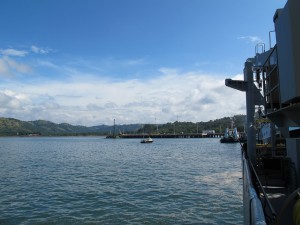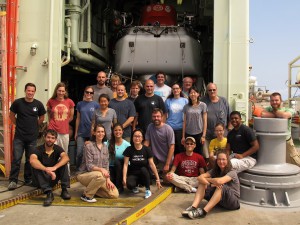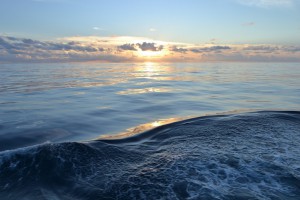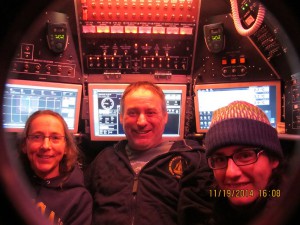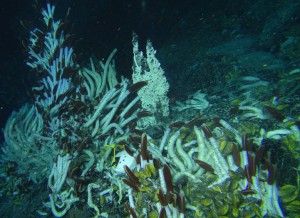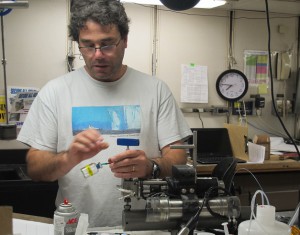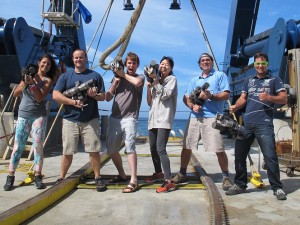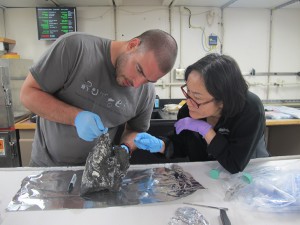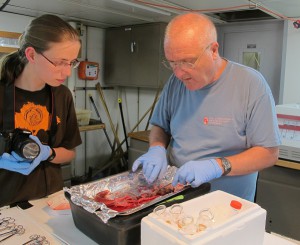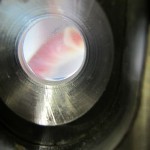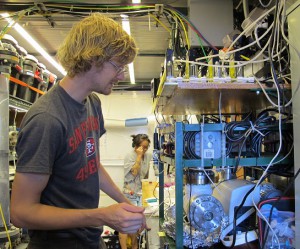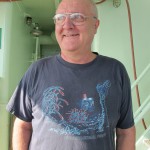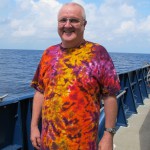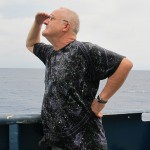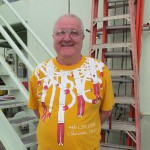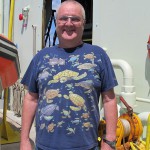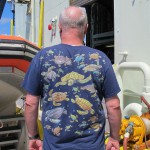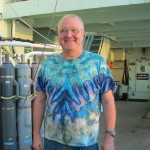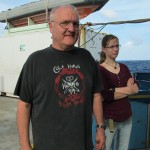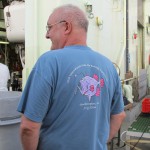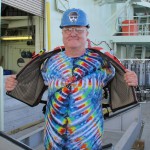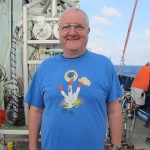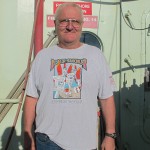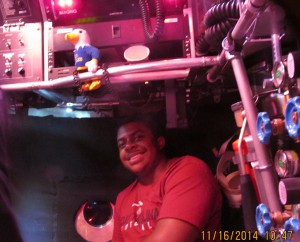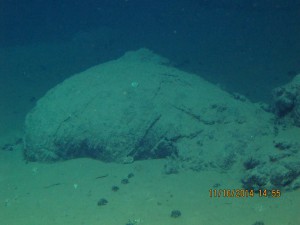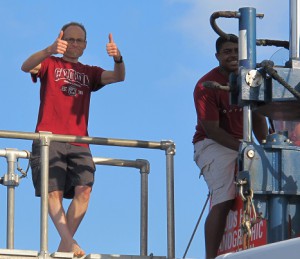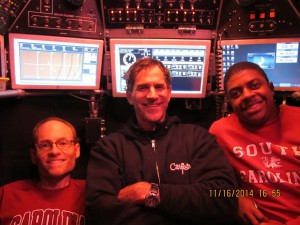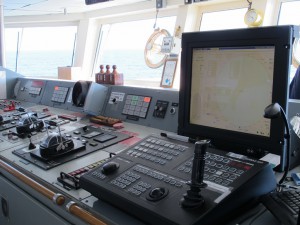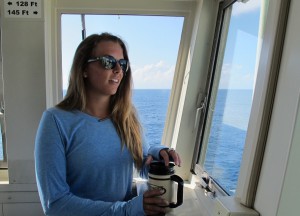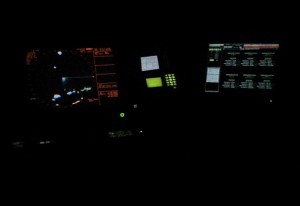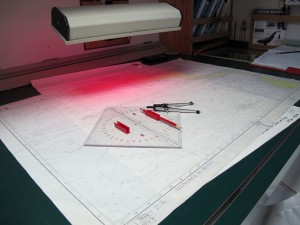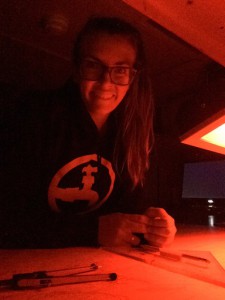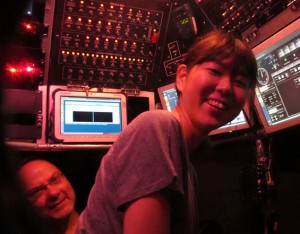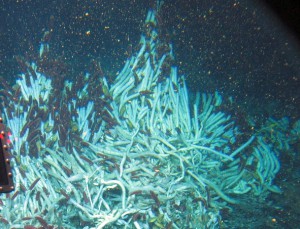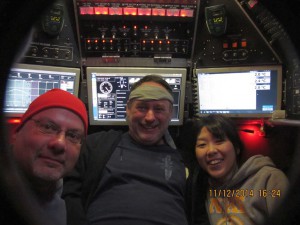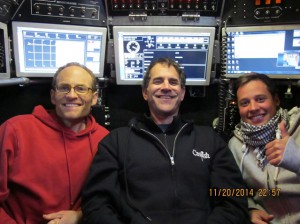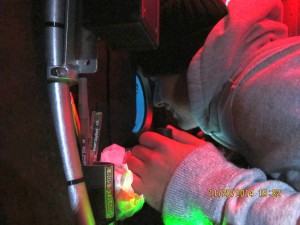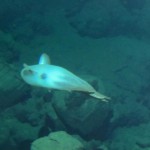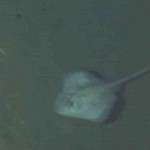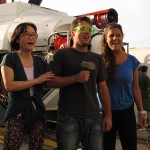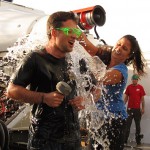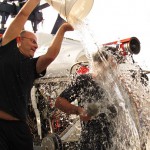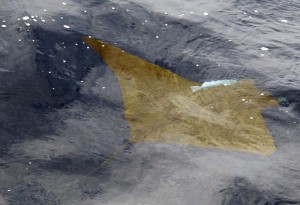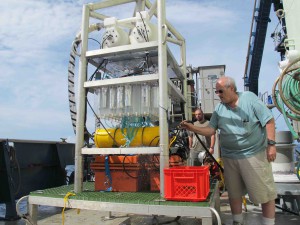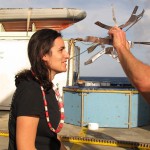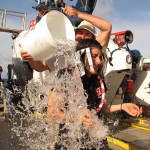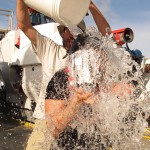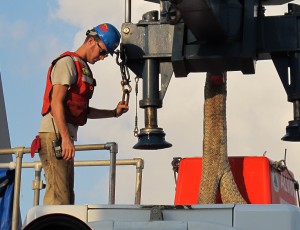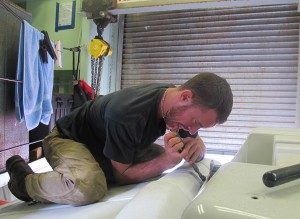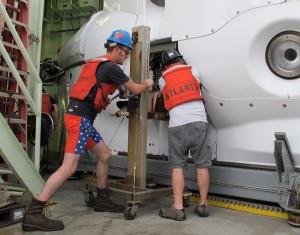Here we are, back in port. This time in Puntarenas, Costa Rica. This brings our adventure of studying Dark Life at the depth of the ocean to an end. It has been a very successful and productive cruise, with some downs and many ups.
We have experienced great teamwork, with scientists, crew, SSSG, and the Alvin group all working hand in hand to make things possible. This is my fourth cruise as chief scientist on Atlantis, and I continue to be impressed by the work ethic of the ship’s crew, SSSG, and the Alvin group. Without their hard work and skills, we scientists would not get the samples we need to carry out our research, and this is greatly appreciated.
There are different ways to become part of seagoing research, as reflected in the contributions to the blog by various cruise members. This expedition also brought together people with different backgrounds and from different cultures, and everyone learned from each other. New friendships were forged.
During our time on station we had a total of 14 dives with Alvin, allowing 10 scientists to dive in Alvin for the first time. Many have shared this experience with you on this blog, and their accounts are as different as their backgrounds: Wonderful testaments that give you a glimpse of what it means to see parts of the ocean only few will ever see.
Two of the dives of the dive program were dedicated to exploring for hydrothermal venting off-axis. We did not find it, but that in itself is an important piece of information: We know now that there is no active hydrothermal venting where we might have expected it based on geophysical data. The search continues, and dating of the rocks we collected might still reveal evidence for relatively recent eruptions that have occurred off-axis.
All our dives brought back a treasure trove of samples, most notably hydrothermal fluids for various analyses—including the geochemistry, measurements to determine the activities of microbes, and growing microbes under defined conditions in the lab—as well as a large number of tube worms to study the physiology and biochemistry of the symbionts living inside them. Besides analyzing the tube worms as they came up from the ocean depth, others were re-pressurized on board the ship in a sophisticated experimental set-up to study their response to different environmental conditions.
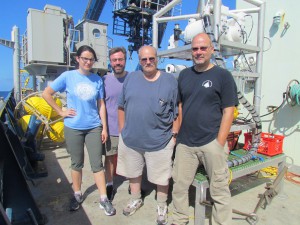
The Vent-SID group (Nuria Fernandez Gonzalez, Jeremy Rich, Craig Taylor, and Stefan Sievert) in front of the instrument they tested at sea for the first time
In addition, we successfully deployed and tested the Vent-SID, a major accomplishment. For the first time, we performed incubations to measure rates of chemosynthesis in situ, meaning right at the seafloor and at the temperature of the venting fluids. This represents a major step forward in the way we study these ecosystems, by allowing us to get more realistic estimates of the overall productivity occurring in them, similar to what is routinely done in the sunlit layers of the upper ocean by measuring photosynthesis.
All of us are now eager to return home to be with our families and friends, but also to start processing the samples we obtained on this expedition, and to analyze the resulting data. Much work remains to be done in the coming months. We thank you for following along with us on our cruise and hope that you enjoyed learning about our work.

